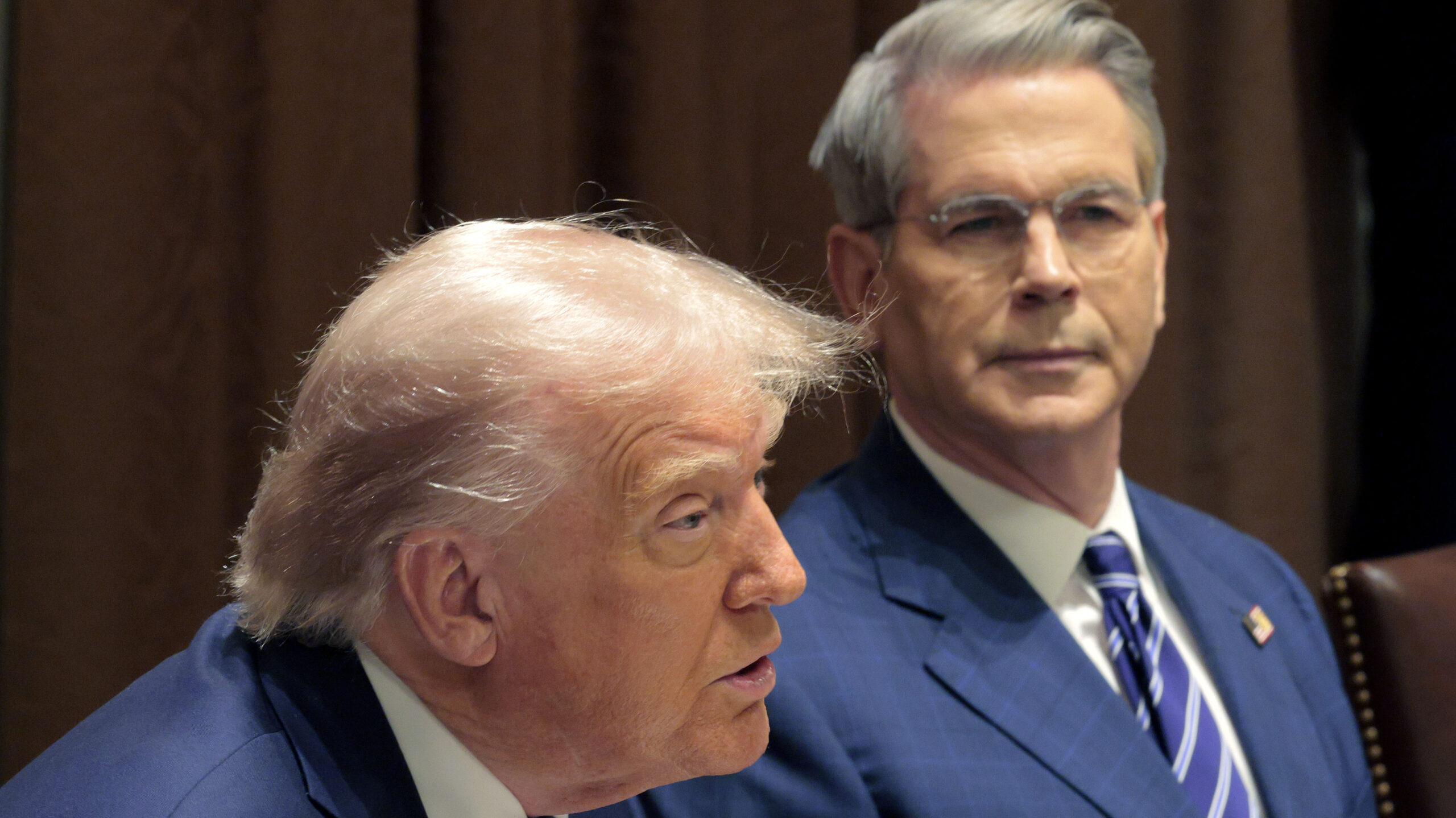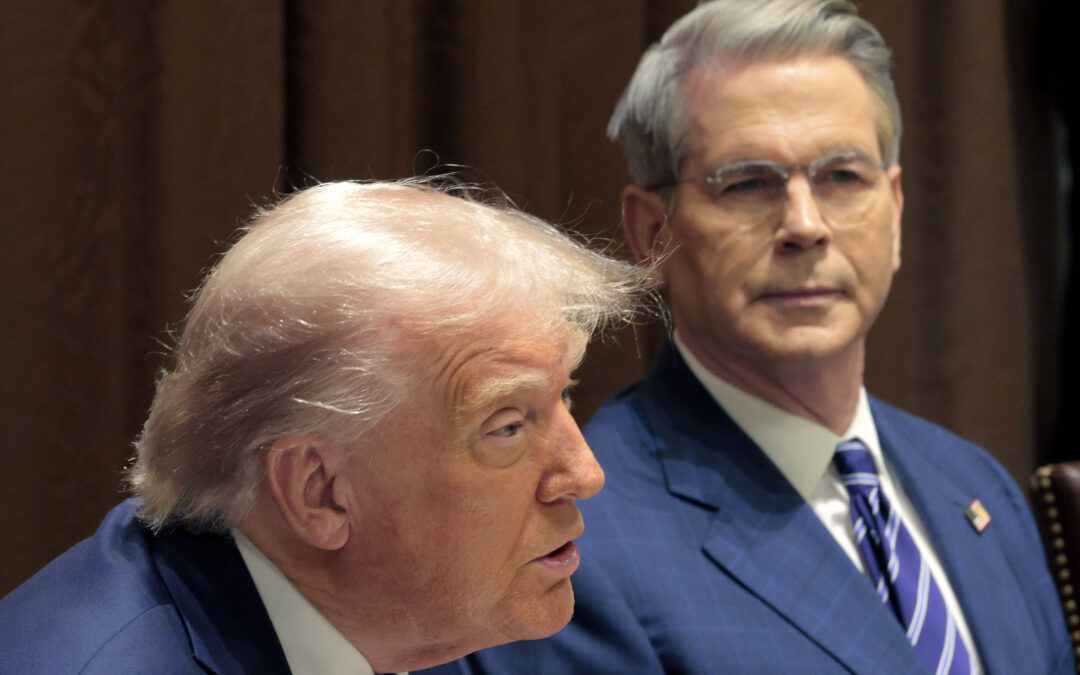
(WASHINGTON) — A trade agreement between the U.S. and China on Monday slashed tit-for-tat tariffs between the world’s two largest economies and triggered a surge in the stock market.
The U.S. agreed to cut tariffs on Chinese goods from 145% to 30%, while China committed to reduce tariffs on U.S. products from 125% to 10%. The lowered tariffs will remain in place for 90 days while the two sides negotiate a wider trade deal.
Still, the agreement appeared to leave key sticking points unresolved as the two countries work through a newly established mechanism for further discussions.
In a joint statement, the U.S. and China touted the agreement as evidence that both sides recognize the “importance of a sustainable, long-term, and mutually beneficial economic and trade relationship.”
Here’s what to know about the new trade framework:
Lower tariffs
The trade agreement temporarily reduces tariffs imposed by the U.S. and China in the aftermath of Trump’s “Liberation Day” announcement last month.
The previous set of sky-high tariffs had threatened a surge in prices and a possible U.S. recession, experts told ABC News.
Jonathan Pingle, chief U.S. economist at Swiss investment bank UBS, estimated the reduction in U.S. levies on China would bring average U.S. tariffs down from 24% to 14%.
In a statement to ABC News, Pingle described the agreement between the U.S. and China as a “cooling off.”
Sector-specific tariffs on autos, aluminum and steel remain in place for Chinese goods, Trump told reporters at the Oval Office on Monday. Trump also said China would be subject to tariffs the White House plans to impose on pharmaceuticals.
The agreement preserves a set of 20% tariffs targeting China over its role in fentanyl trade, as well as a 10% levy slapped on imports from nearly all countries.
A plan for further negotiations
The framework established a mechanism for negotiations between the U.S. and China, setting up the countries for further discussions during the 90-day period of reduced tariffs.
Senior officials from both sides will take part in the talks, the statement added.
Treasury Secretary Scott Bessent and United States Trade Representative Jamieson Greer will represent the U.S., while China will be represented by Vice Premier of the State Council He Lifeng, a longtime associate of Chinese President Xi Jinping.
Shang-Jin Wei, a professor of finance and economics at Columbia University who studies the U.S.-China trade relationship, described the mechanism for negotiations as “meaningful.”
“It’s not an empty statement – there will be negotiations,” Wei said.
But, Wei added, the agreement struck on Monday amounts to a “temporary solution” as the two sides engage in a challenging set of discussions over the next few months.
“There’s a lot of uncertainty about what will happen in 90 days,” Wei said.
Sticking points remain unresolved
Speaking at the White House on Monday, Trump acknowledged that verbal commitments made by both sides must be “papered,” meaning the broad accord has yet to be formalized through detailed agreements.
Trump has previously said he would like to narrow a $300 billion U.S. trade deficit with China, and roll back what he describes as non-tariff barriers to U.S. trade. The framework announced on Monday did not detail steps toward those efforts, Wei said.
The agreement also appeared to lack final resolution for a key sticking point centered on U.S. access to important materials largely controlled by China.
China imposed export restrictions on some rare earth elements and magnets that make up critical inputs in some U.S. auto, energy and defense products.
For now, Chinese companies can still export to U.S. customers, though the Chinese firms must receive approval from the Chinese government.
After the agreement, U.S. buyers are expected to have an easier path for such approval, but the restrictions are not expected to be fully removed, Reuters reported.
Rare earths are vital for a range of defense technologies, including F-35 fighter jets, Tomahawk missiles and radar systems, the Center for Strategic and International Studies, or CSIS, said last month.
The U.S. will likely also seek guarantees from China about the purchase of U.S. products, including agricultural goods, Wei said.
Meanwhile, Wei added, China will want to safeguard its access to U.S. markets, ensuring such exports continue to help drive the Chinese economy.
“China probably wants to adjust to reduce its dependence on U.S. markets,” Wei said. “But it wants to make sure those markets don’t go right away.”
Copyright © 2025, ABC Audio. All rights reserved.

